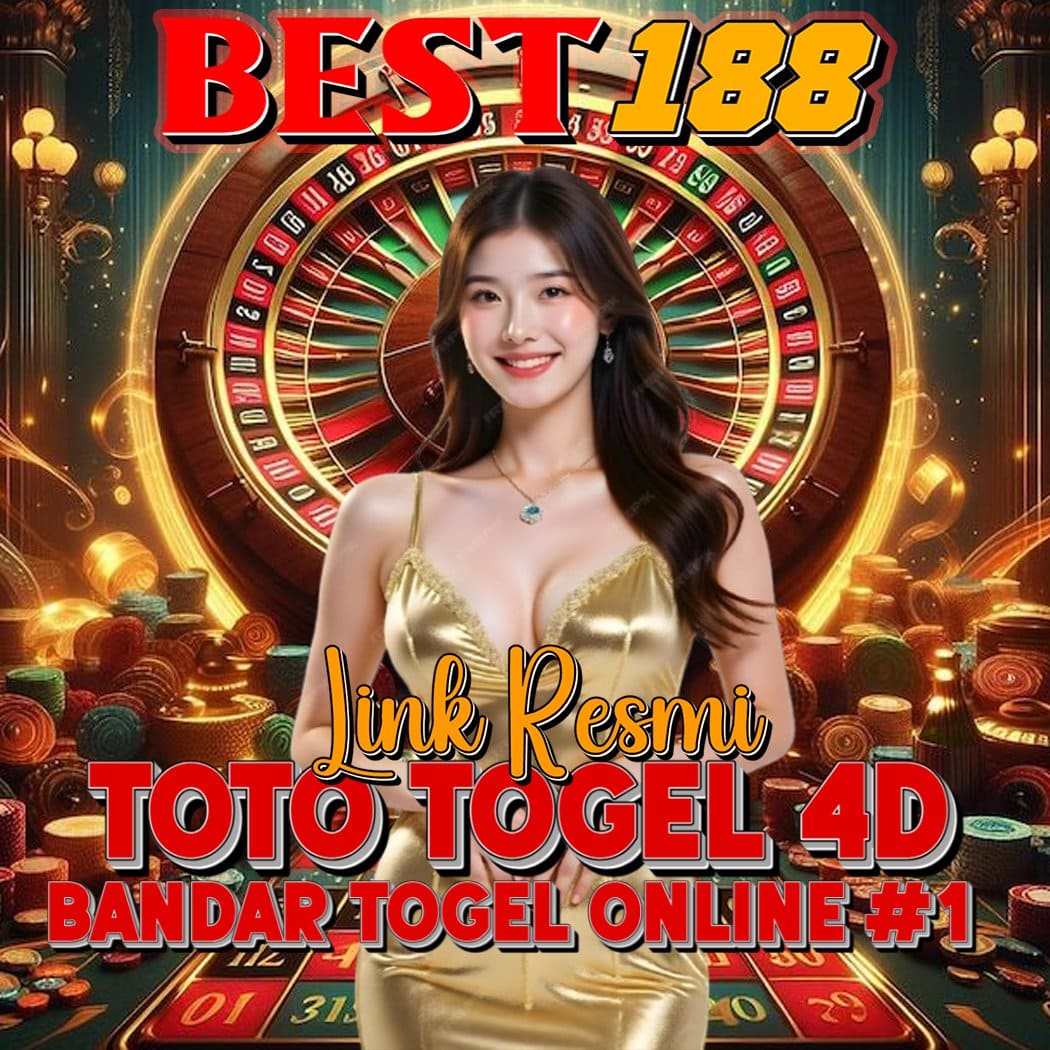
BEST188 Link Alternatif Resmi Bandar Togel 4D No #1 Di Indonesia
Berbicara mengenai BEST188, kini hadir sebagai bandar togel 4D terpercaya yang sudah dikenal luas oleh para pemain togel online di Indonesia. Dengan sistem permainan yang mudah dipahami dan tampilan yang responsif di semua perangkat, BEST188 menjadi pilihan utama bagi siapa pun yang ingin merasakan pengalaman bermain togel yang aman dan menguntungkan. Bandar Togel 4D, Sebagai bandar togel resmi, BEST188 menyediakan berbagai pasaran populer seperti Singapore, Hongkong, Sydney, dan banyak lagi. Semua hasil keluaran disajikan secara transparan dan akurat setiap harinya, sehingga pemain tidak perlu khawatir soal keaslian data. Selain itu, proses deposit dan withdraw di situs ini juga cepat dan bebas hambatan.
